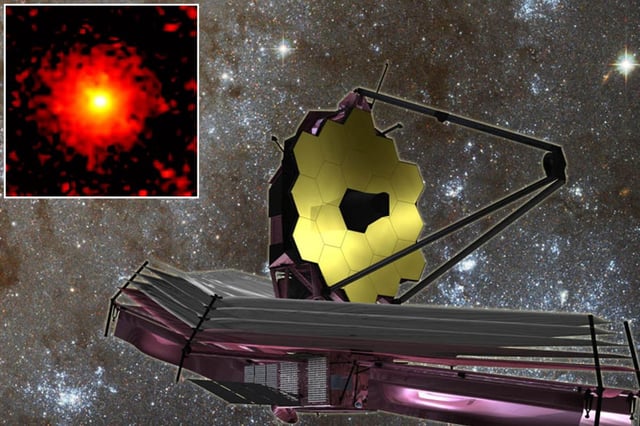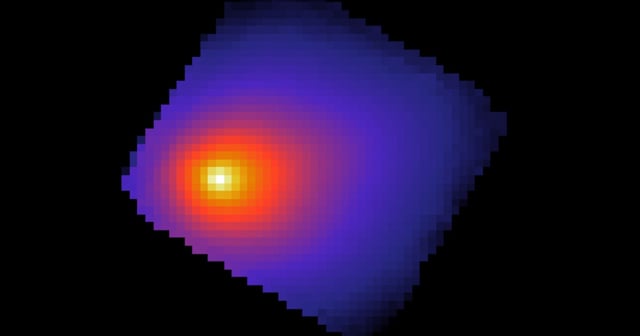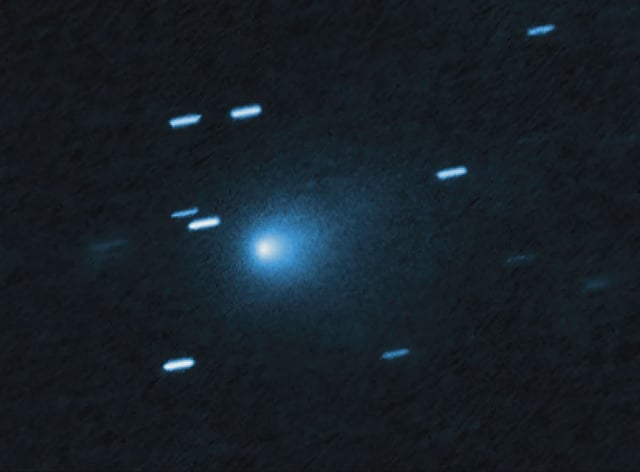Overview
- JWST spectroscopy from Aug. 6 shows a coma dominated by carbon dioxide with a CO2/H2O mixing ratio of about 8 ± 1, among the highest measured for a comet.
- NASA’s SPHEREx measured a CO2 production rate near 9.4 × 10^26 molecules per second and set upper limits on water and carbon monoxide outgassing, reinforcing the unusual volatile balance.
- Hubble imaging on July 21 constrained the nucleus to no larger than roughly 5.6 km across and documented a diffuse dust coma, revising earlier, larger size estimates.
- Archival TESS data reported Aug. 28 trace detections back to May 7, indicating the object was already active far from the Sun, consistent with outgassing of hypervolatile ices.
- Trajectory forecasts place perihelion around Oct. 29–30 at ~1.4 AU and closest Earth approach on Dec. 19 at ~1.8 AU, with NASA noting no threat; speculative claims of artificial origin remain disputed by astronomers.


